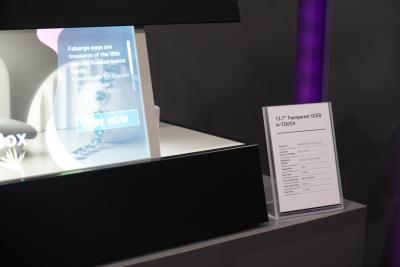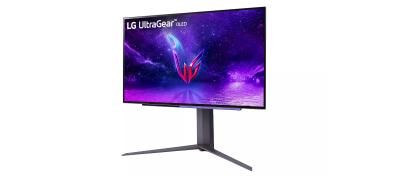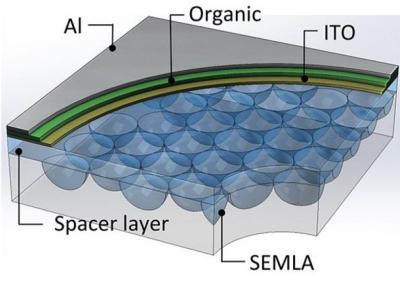Apple may use an MLA AMOLED display in future iPhone devices
According to reports from Korea, both Samsung Display and LG Display have approached Apple, offering to produce MLA (Multi-Lens Array) AMOLED displays for a future iPhone device. Applying the MLA panel will increase the light output, but will carry higher costs and may also reduce the viewing angles (or actually reduce the side-view brightness).

It is not clear what kind of effect will MLA offer in Apple's case. When LG applied MLA to its TV panels, the company says it improved the brightness by 60% (it also stated that viewing angles actually increased by 30%). Apple will not be the first one to apple MLA to smartphone displays - Samsung itself adopted MLA panels in some of its high-end models (Galaxy S Ultra phones) and so did some other vendors.









